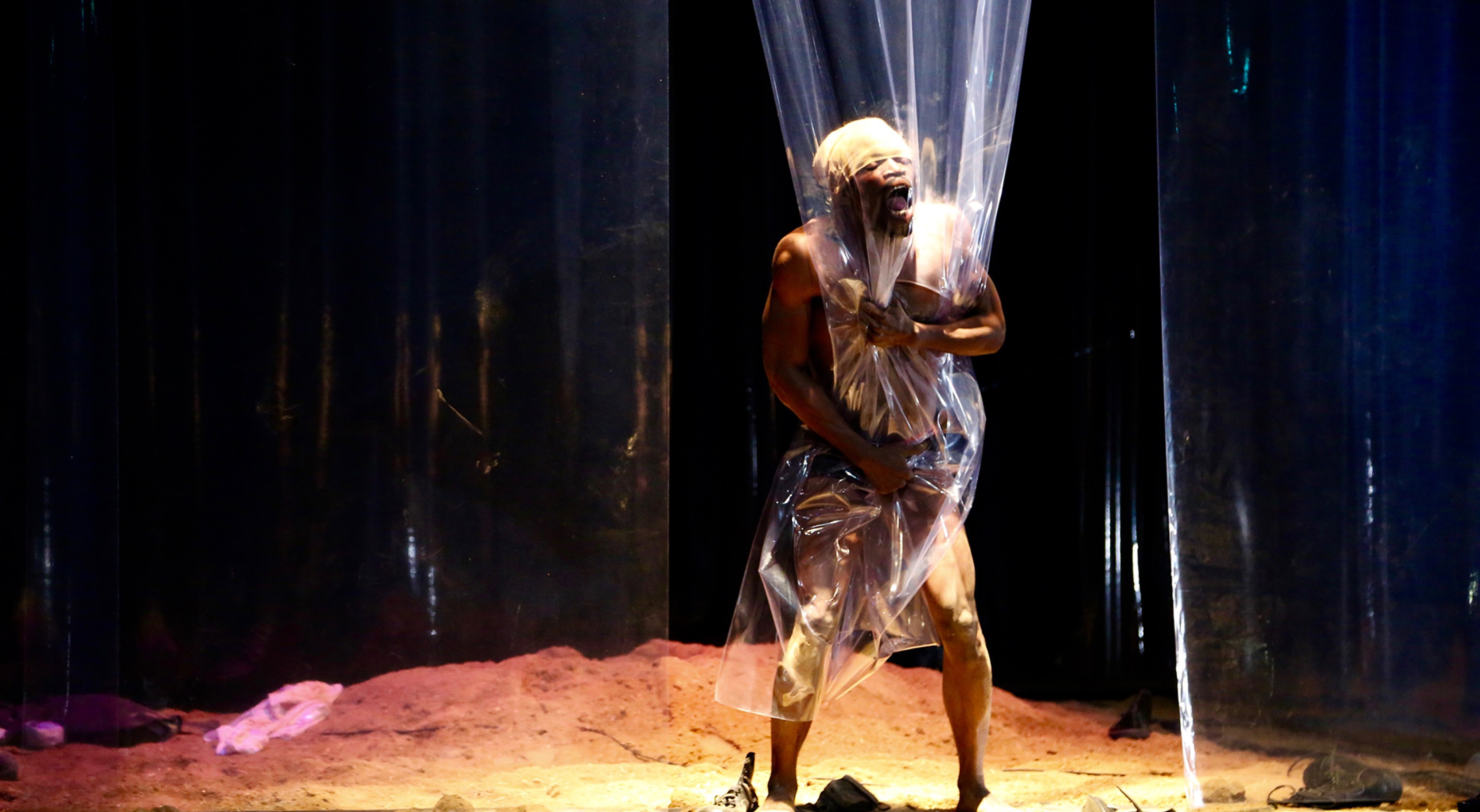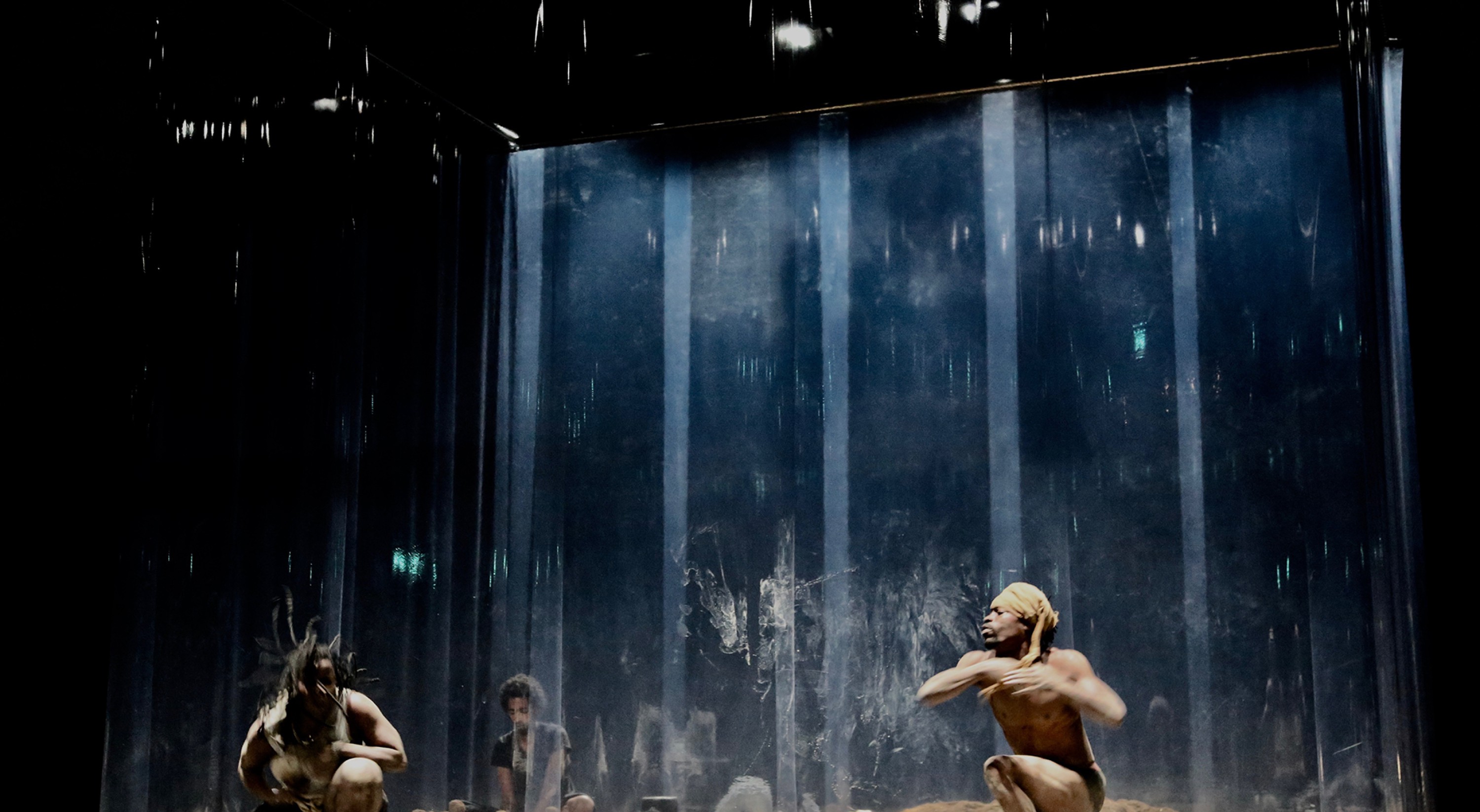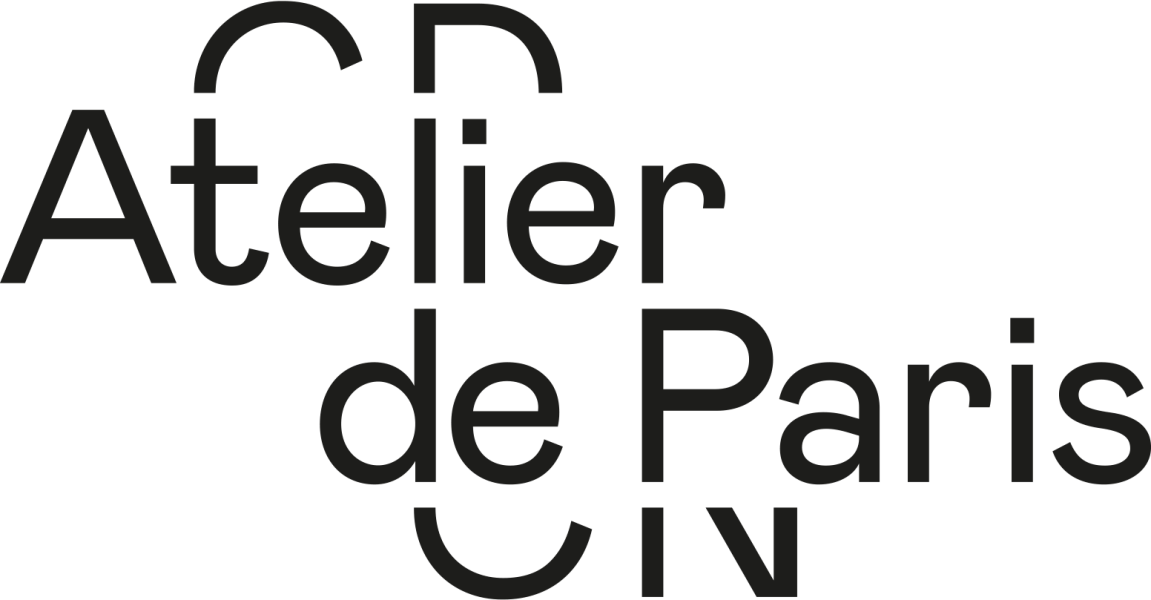Nadia Beugré
Tapis rouge
decemberdec 8 – 10
Choreographed and performed by Nadia Beugré
Music created and performed live by Seb Martel
Performer, Adonis Nebié
Artistic advice and dramaturgy, Boris Hennion
Stage design, Erik Houllier
Sound design, Thomas Fernier
Extra, Aurélien Menu
A production by Latitudes Prod. (Lille) // Co-produced by Le Vivat – scène conventionnée (Armentières) ; Musée de la danse / Centre chorégraphique national de Rennes et de Bretagne ; Ballet national de Darmstadt ; Théâtre Garonne – Scène européenne (Toulouse) ; BIT Teatergarasjen (Bergen) ; La Bâtie – Festival de Genève ; Festival Montpellier Danse 2017 ; Le Parvis, Scène Nationale Tarbes-Pyrénées ; and Festival d’Automne à Paris // In association with CDC Atelier de Paris / Centre de développement chorégraphique national ; and Festival d’Automne à Paris // With support from DRAC Hauts-de-France, de la Région Hauts-de-France and Fonds Transfabrik – the Franco-German performing arts fund // First performed on the 24th January 2017 at Vivat – scène conventionnée (Armentières)
Tapis rouge came into existence as part of the Festival d’Avignon’s “Sujets à vif” performances, in the form of a encounter between Nadia Beugré and the composer and guitarist Seb Martel. Since then, the French-based choreographer has transformed this matter into a full-length format by bringing a supplementary dancer on board. In it, she pursues a choreographic quest in the form of protest, in support of the marginalized sections of society in Africa and elsewhere. The red carpet found in the title, that of the stars, is no more than the modern incarnation of a long tradition: that of marking out a sacred path, isolated from the ground, which avoided members of the ancient clergy from having to engage in any symbolic contact with the world beneath them. The difference with this Red Carpet, however, is that it goes in search of what lies beneath this piece of fabric. After seeing for herself the exhausted bodies of women and children working in the mines of Burkina Faso, Nadia Beugré talks, through her dance, of the brutality to which seemingly invisible groups of people are often subjected. With a solid background in Ivorian traditional dances, she began working with the Tché-Tché dance company, alongside Béatrice Kombé. Today, Nadia Beugré’s artistic path is one she pursues with great conviction. In parallel to her own projects, she collaborates with the likes of Dorothée Munyaneza and Boris Charmatz.
Be careful ! Some images may be inappropriate to the youngest.
See also
In the same place


